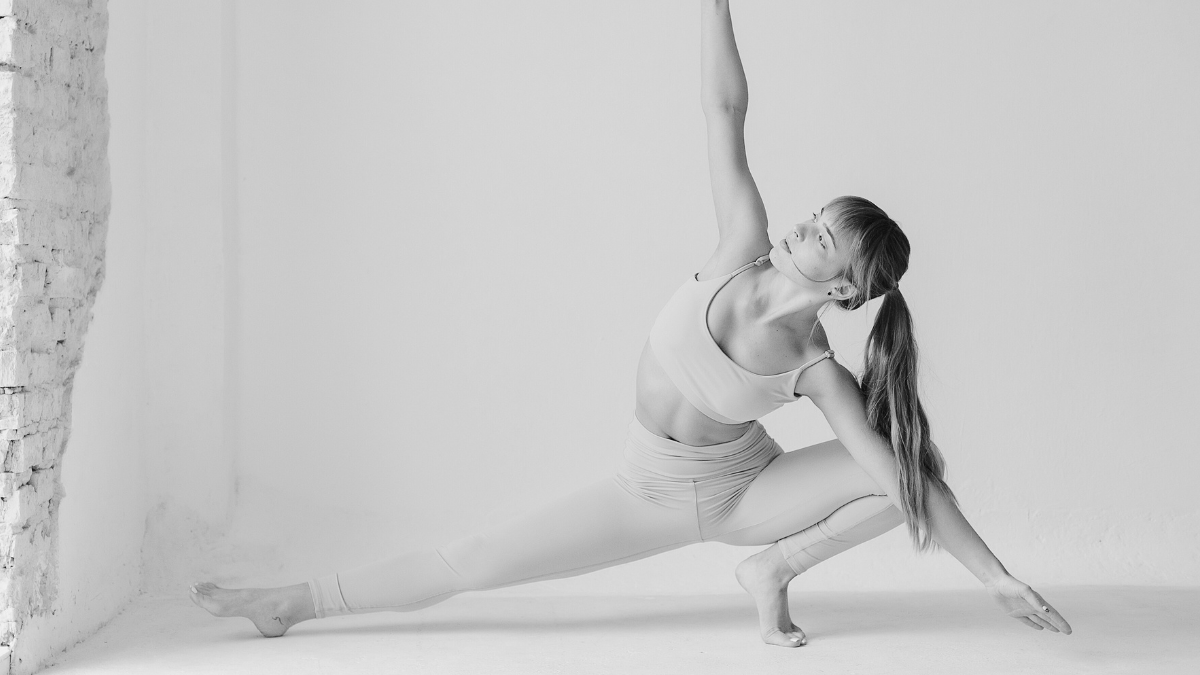Feeling Restricted? A Guide to Limited Range of Motion
Does it feel like your shoulder just won’t reach as high as it used to? Can’t fully straighten or bend your knee? Or maybe turning your head feels stiff and limited? Experiencing limited range of motion (ROM) in a joint can be incredibly frustrating, impacting everything from simple daily tasks to your performance at the gym or in sports. While the immediate thought might be “something’s tight” or “it’s just stuck,” understanding the potential reasons why your movement is restricted is the first step towards finding the most effective way to improve it – and it might involve embracing load rather than just stretching.
Why Can’t I Move Fully? (Potential Contributors)
Limited ROM isn’t a single entity; various factors can hinder a joint’s ability to move through its typical arc:
- Pain Inhibition: Your brain hitting the brakes because movement hurts.
- Protective Muscle Guarding: Muscles tensing around a vulnerable area.
- Swelling: Physical fluid blocking movement.
- Actual Tissue Restrictions: Capsular tightness (like in Frozen Shoulder), muscle shortening, or scar tissue after injury/surgery.
- Fear of Movement (Kinesiophobia): A psychological barrier due to past pain or worry.
- Bony Block: Less common, structural changes limiting movement.
A thorough assessment by a physiotherapist is crucial to understand the likely primary driver(s) in your specific situation, as this guides the most appropriate management strategy.
Is Forcing Passive Stretches the Only Way? Rethinking the Approach
The traditional response to stiffness is often prolonged, static stretching. While it might provide temporary relief, it often falls short, especially if the limitation isn’t simply ‘tight muscles’. Forcefully stretching into pain can increase guarding, and passive stretching alone doesn’t build the strength or control needed for functional movement through that range. There’s often a more effective, active way.
Unlocking Movement: The Power of LOADED Mobility (The Abound Physio Approach)
While the reasons for limited ROM can be complex, the path to improvement often involves consistent, appropriate movement. At Abound Physio, while we use various tools, we find a particularly effective strategy involves using controlled resistance training to guide and encourage the joint towards its end range. This embodies an ‘informed simplicity’ – using a straightforward tool (weights, resistance) based on biomechanical principles and tissue adaptation to achieve results.
Instead of just passively pulling on a joint, we use load to actively assist and control movement into the restricted range. The rationale includes:
- Controlled Stretch: The external weight provides a consistent, controllable stretching force at the end of range, often more tolerable than forcing a passive stretch.
- Active Control: You are actively controlling the movement eccentrically (lengthening phase) into the stretch, which enhances neuromuscular control and tissue adaptation.
- Strength Through Range: You build strength while working on mobility, leading to more functional and lasting improvements.
- Building Confidence: Successfully moving a joint under load into its end range helps build confidence and reduces the fear often associated with stiffness.
Examples of Loaded Mobility:
- Stiff Elbow (Can’t Fully Straighten): A preacher curl is a great option. Focus on the lowering phase, allowing the dumbbell’s weight to gently stretch the elbow towards full extension under the control of your biceps. Don’t let it just drop; control the descent right to the end range.
- Stiff Shoulder (Can’t Reach Fully Overhead): A lat pulldown machine can be used creatively. After pulling down, control the upward return, allowing the bar’s weight to gently assist in pulling your arms further overhead, providing a loaded stretch into elevation/flexion. Similarly, the controlled lowering (eccentric) phase of an overhead press can work on this.
- Stiff Knee (Can’t Fully Bend):
- A recumbent exercise bike allows you to use the momentum of the pedals and the fixed position to gently encourage more knee bend with each revolution.
- On a leg press, focus on the lowering phase. Control the platform as it comes down, allowing the weight to gently push your knees towards your chest, working on flexion under the active control of your quads and glutes.
Crucially, this approach requires:
- Proper Assessment First: To ensure it’s appropriate for your specific condition (e.g., not forcing movement against a bony block or acutely inflamed tissue).
- Control: Movements must be slow and controlled, especially when moving into the restricted range.
- Working Within Tolerable Limits: Aim for a strong stretch sensation, but avoid sharp, pinching pain.
Did You Know?
- Eccentric exercise (lengthening a muscle under load) can be particularly effective for improving both strength and flexibility simultaneously.
- Using external load can sometimes help ‘convince’ the nervous system that moving into a previously restricted range is safe, reducing protective guarding.
- Improving strength around a joint often improves its stability, which can paradoxically lead to an increase in comfortable range of motion.
How Abound Physio Can Guide Your Loaded Mobility Journey
Implementing this strategy effectively requires expert guidance:
- Expert Assessment: We determine if and when loaded mobility exercises are appropriate for your specific limitation and rule out contraindications.
- Personalised Program Design: We select the right resistance training for mobility exercises, teach you the correct technique (emphasising control!), and set appropriate weights and progressions.
- Monitoring & Adjustment: We track your progress and adjust the program as your ROM and strength improve.
- Holistic Approach: We integrate this with other necessary components like pain management, addressing contributing factors, and education. Physiotherapy for decreased ROM is comprehensive.
Ready to Actively Reclaim Your Movement?
Frustrated by joint stiffness or restricted movement? Passive stretching might not be enough. Let’s explore how a targeted, active approach using controlled resistance training can help you regain range and build strength simultaneously.
Let’s get you moving freely and strongly again.

